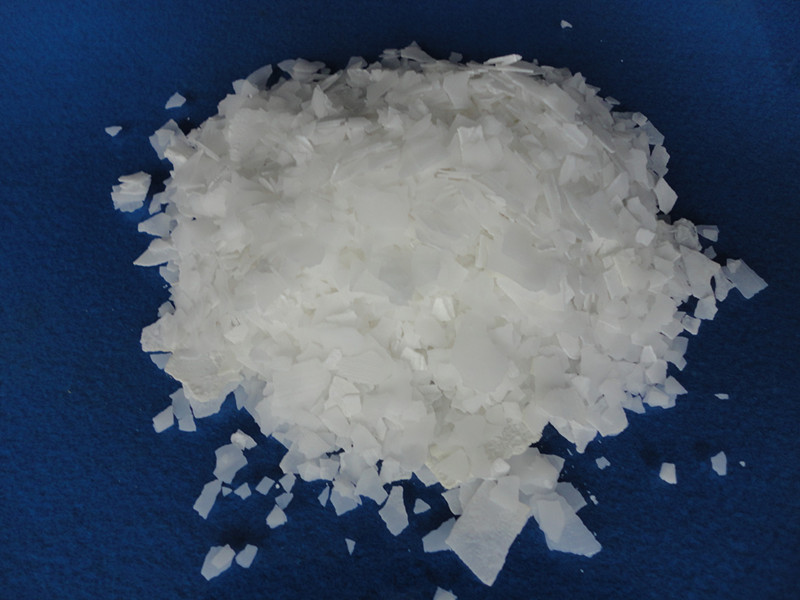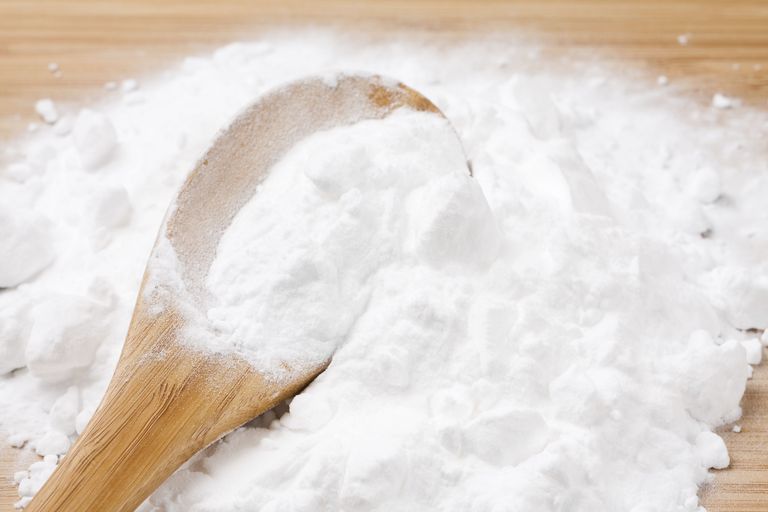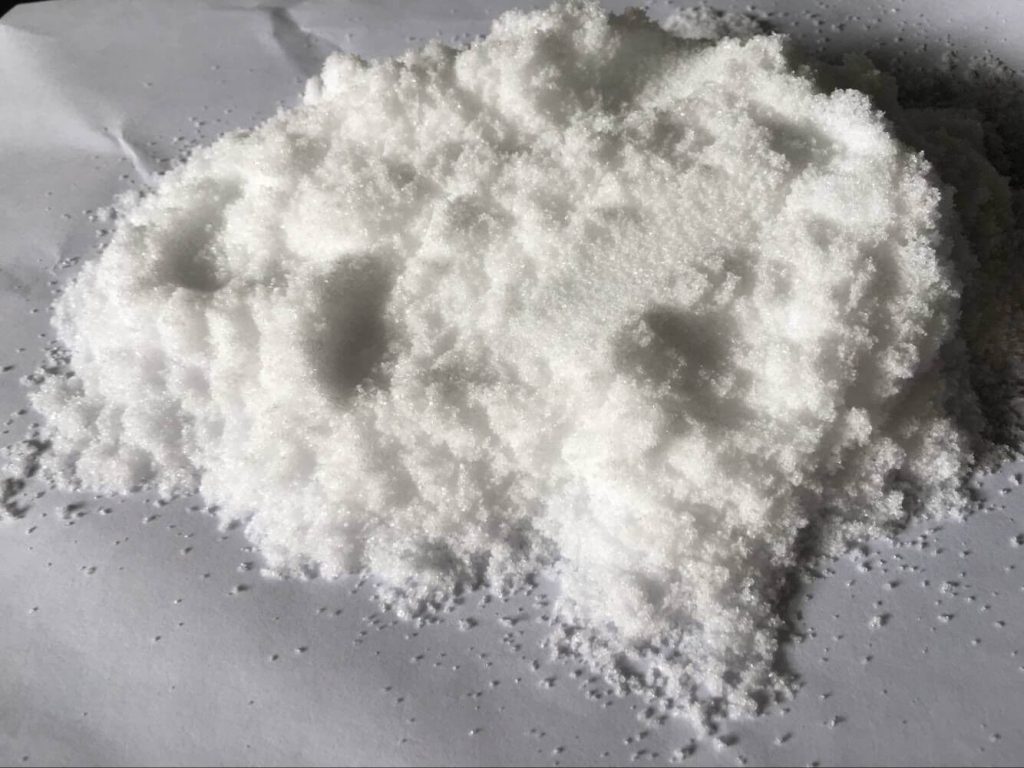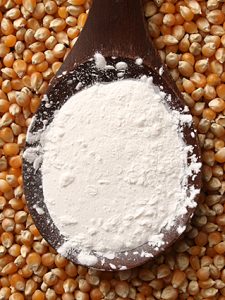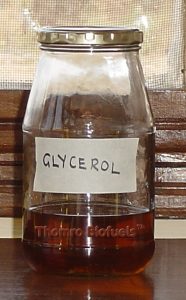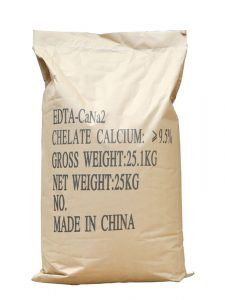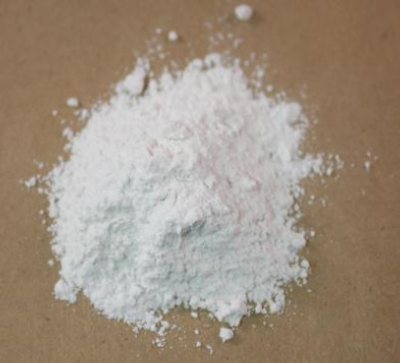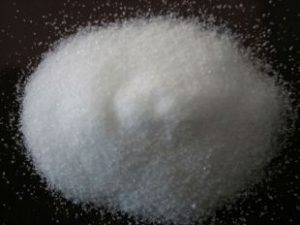DATEM (MONO- AND DIACETYL TARTARIC ESTERS OF MONO- AND DIGLYCERIDES OF FATTY ACIDS (DATEM-E472e) ) can be used in Food, Beverage, Pharmaceutical, Health & Personal care products, Agriculture/Animal Feed/Poultry. DATEM E472e is an emulsifier used in baking to create a strong gluten network in dough. DATEM is used to crusty breads, such as rye to impart a springy, chewy texture, as well as in the production of biscuits, bread, coffee whiteners, salsa con queso, ice cream, and salad dressings.
DATEM E472e are mixed esters (obtained from acetic-tartaric acid) formed with glycerol, vegetable fatty acids, mono, and diacetyl tartaric acids. Datem can contain a small amount of free glycerol, fatty acids, tartaric and acetic acids or their combinations in its structure. It is presented as min. 80%. There can be datem in different properties and carriers. It can be found in the form of liquid, powder, and gel. Carriers are 5%-10%-20%. Carriers consist of ingredients such as tricalcium phosphate, calcium carbonate, silicon dioxide.
DATEM E472e MAIN FOOD APPLICATION AREAS
1) All types of flours
2) Bread varieties
3)Biscuits
4)Special types of Cheeses
5)Sauces
6) Pet foods
7)Beverages
8) Special dough oils (Hamburgers, Sandwiches, Pastry, Bagels…)
DATEM E472e EFFECTS WITHIN THE PRODUCT
1) Datem enables the production of a variety of products by strengthening gluten bonds. As weak bonds in weaker flour become stronger (sulfide bonds turn into disulfide bonds), it makes it possible to produce a variety of products, such as fine flours, in weak flour. Datem helps releasing of the proteins by interacting with hydrophobic parts of gluten and forming cross-linked structures.
2) It prevents carbon dioxide release by increasing elasticity of dough in bread varieties (Because of strengthening gluten structures). Therefore, It provides production of bread with high volume. Products with fine porous form in terms of structures.
3)It provides a firm and crispy structure in fat-reduced biscuits. Therefore, the processability of dough, raw material tolerance and quality of the final product will be increased.
4)It is used to enhance the melting properties and texture of spreadable cheese type. A homogeneous structure and texture are obtained.
5)It is used to obtain homogeneous suspension in sauces.
6)It is used to keep the raw materials in pet foods in a proper structure and last longer without deterioration.
7)It is used to hold raw materials added into beverages in a homogeneous state. It also increases the shelf life of products.
8)Application of Datem in industrial oils increases the volume of the product and regulates structure (Such as pastry, bagels etc.).
DATEM E472e APPLICATIONS AND DOSAGES
1) Datem can be used to strengthen flours instead of gluten to be added or with gluten. Usage amount is 0.2-0.5%.
2) It is used instead of lipase enzyme or with lipase enzyme in bread varieties. Usage amount is 0.2-0.5%.
3) It is used alone or with MDG in fat-reduced biscuits. Usage amount is 0.3-0.5%.
4) It can be used alone or with palm oil in cheeses. Usage amount is 0.3-0.8%.
5) It can be used with Acetem or Lactem in sauces. Usage amount is 0.3-0.6%.
6) It can be used together with MDG as it is used alone in pet foods. Usage amount is 0.2-0.5%.
7)It is used alone in beverages. Usage amount is 0.2-0.5%.
8) As it is used with Acetem and Lactem in special oils, It can be used alone. Usage amount is 0.5-1%
RECOMMENDATIONS FOR DATEM E472e
*Any value in datem does not mean anything by itself, because the oil value, total tartaric acid, total acetic acid, total glycerol in datem must be evaluated together. It varies depending on the region, products, and raw materials to be used. Therefore, it is recommended to use one of the appropriate datem types after the knowledge of where to use it in which application with what.
1) It is recommended it contains 95% Datem and 5% tricalcium phosphate in flour and its varieties. The reason is to prefer strong datem and an anti-caking product in flours. Strong datem: The datem ratio is 95% (It is measured by high acid value, saponification value and oil value).
2) When used in bread varieties should be a good carrier and have anti-caking properties. Hence, Datem containing 80% datem, 10% TCP and 10% calcium carbonate is preferred or datem containing 90% the product, 5% TCP and 5% calcium carbonate is used.
P.S.: Calcium carbonate is a good carrier, a good carbon dioxide former and a good yeast medium. Pure datem is used in fatty products such as hamburgers, sandwiches, and toast. Usage of other products such as ssl and csl together with pure product increases shelf life.
3) 100% of pure product is recommended to be used in biscuits varieties (fat-reduced ones). Datem is used either to benefit from emulsifying properties and to form a proper and crispy structure in here.
4) 100% pure product is used in spreadable and special cheeses. Usage of pure datem with vegetable oils (such as palm oil) increases the quality of the product.
5) It with high bonding and cold soluble properties are recommended in sauces and so on. 90% datem, 10% TCP or 5% TCP, 5% modified starch is used in these products.
6) Pure product is used in pet foods (Cat and dog foods). It is used because of emulsifying and bonding, homogenizing and shelf life-extending properties of pure datem.
7) With 95% datem and 5% modified starch is recommended in beverages. It regulates homogeneity and fluidity of the product.
8) In industrial oils, both the stabilizing and emulsifying properties are utilized. Therefore, Pure product with high lipophilic properties is recommended or oil with desired attributes is produced by using pure datem with GMS together. These oils have a large volume effect as they extend the shelf life.
Storage Conditions and Packaging Type: It can be stored max at 20 0C with max and 75% humidity in closed warehouse that are not exposed to sun light. Shelf life is 18 months.
Diacetyl Tartaric Acid Esters of Mono-and Diglycerides is an ivory white powder or particle solid. This product can be used to prevent dough from aging, increase foaming stability, and improve texture, stability, and taste.





